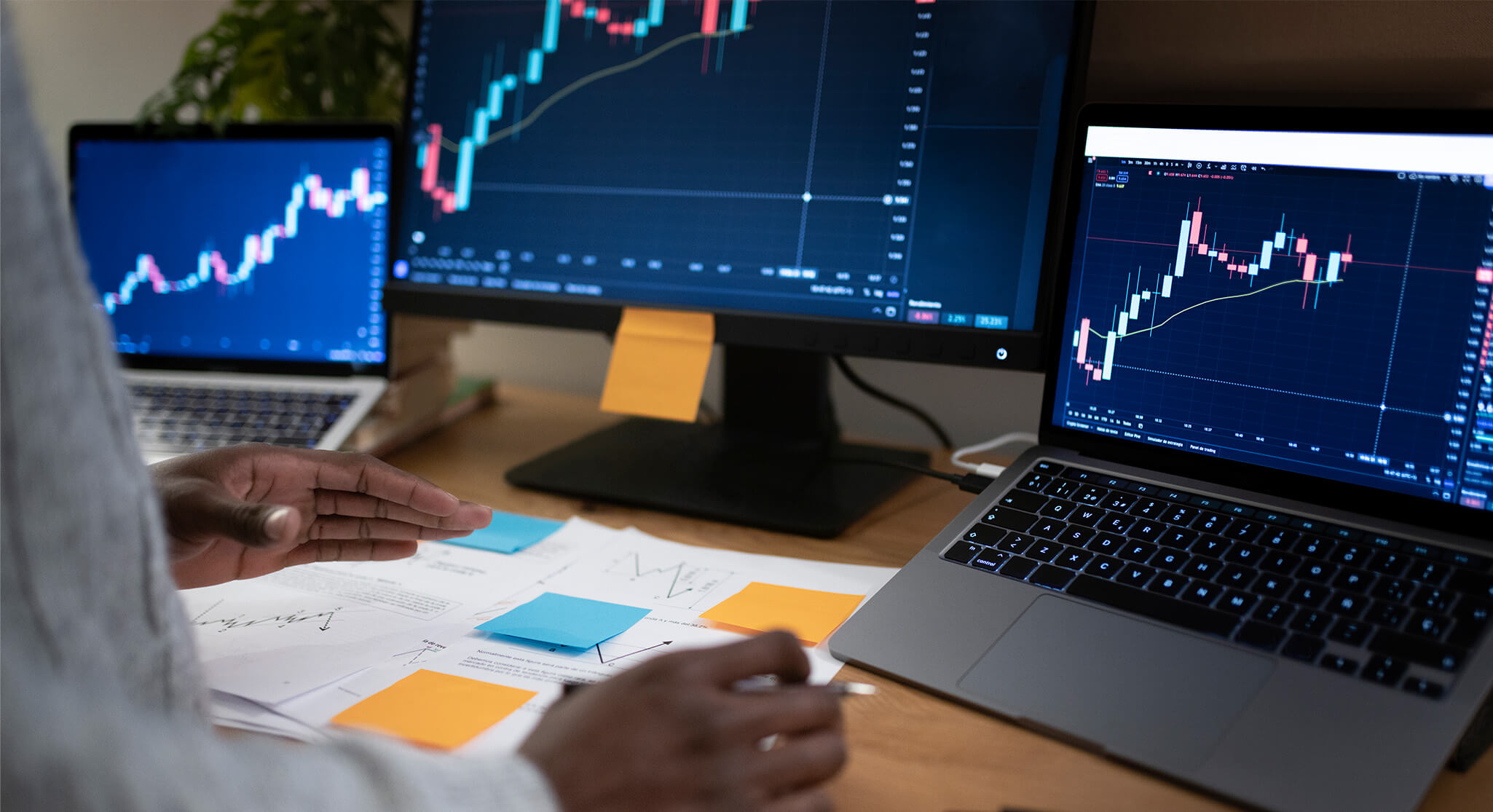Examining the importance of execution quality for corporate FX trading desks
Key Takeaways
- It’s essential for companies to establish dedicated internal FX and treasury desks
- Corporate FX and treasury desks are still slow in digital adoption
- More electronification can lead to better execution
Multinational corporations conduct numerous foreign exchange (FX) transactions daily. For instance, in the USD 7.5 trillion-a-day currency trading market, Apple is sitting on USD 135 billion in foreign exchange derivatives; Alphabet holds around USD 60 billion in similar contracts. In comparison, all the world’s FX-focused hedge funds combined manage just USD 78 billion.
Owing to this surge, it has become essential for companies to establish dedicated FX and treasury desks for the effective execution of FX transactions. Yet, they are not giving this critical area the attention it requires. A recently released report by Coalition Greenwich states that “Many corporates think of FX execution with their bank counterparties not as a distinct activity that stands on its own, but as one component of a broader set of services.”
Key findings from the report
Proportion of FX Trading Volume: The Coalition Greenwich report, Corporate FX Trading—The Value of Relationships and Execution Quality, says that, on average, almost 50% of corporate volume allocation is driven by FX services. Lending and cash management, meanwhile, account for 48% of all corporates.
Usage of FX service in different countries: Japanese companies prioritize FX services over other services provided by the banks, and they highly value their relationships with service providers. US corporations are more inclined to evaluate their counterparties based on the extent of their lending and financing partnerships.
Steps towards electronification
Asset managers have recognized that electronification can substantially reduce FX trading costs, which has led them to upgrade their trading processes and workflows to boost execution quality and analytics. In comparison, corporate FX and treasury desks are slow in digital adoption. This is mostly because companies still view FX as an ancillary part of their relationship with their banking partners.
The report acknowledges that the corporate FX markets are gradually transitioning to electronic trading, with most transactions being conducted through multi-bank platforms like FXall and Bloomberg. However, voice trading is still the most common execution methodology.
In this context, the report says, 90% of US corporates trade electronically, compared to 81% in EMEA and 60% in Japan.
Usage of TCA
Corporate treasuries have access to tools like transaction cost analysis (TCA) to evaluate the effectiveness of specific trades and assess the overall performance of the trading desk. However, outside the largest companies, TCA adoption is still limited.
The report adds that there are possibilities to see more corporate adoption, including:
- Enhancing comprehension of execution quality
- Proving to corporate clients that their liquidity providers are ensuring fair outcomes
- Encouraging the ongoing use of algorithmic execution, which can potentially yield better results for clients
- Supplying data on the costs associated with a company’s execution decisions, thereby enabling more informed choices
Asset managers have understood the importance of execution quality in improving the overall performance of their portfolios. Hence, they have prioritized algorithms and TCA adoption.
“This focus enables them to evaluate their counterparties based on the FX service itself, rather than as a component in a set of bundled services,” the report says. Following this example, the corporate FX and treasury desks should also ‘focus on receiving quality execution and the ability to accurately measure it,’ and then use the data as a key factor in selecting counterparties.
Best practices for corporate treasury
- Identifying unique needs of each FX market: Companies need to assess the challenges involved in managing operations in each FX market. The factors that they need to consider are the risks involved, financial liquidity management, how to develop key local relationships and intracompany transactions management, according to The Global Treasurer.
- Understanding local regulations: The company should know each market’s rules and regulations. Key topics to address include whether local market exchange rates are fixed, floating, or tied to another currency; what capital controls are currently in place; paperwork and tax requirements that are specific to currency conversion; key FX documents that are needed for contracts; and advantages and disadvantages of billing in the local currency versus US dollars.
- Partnering the best global FX partner: Choosing the right FX partner is crucial. During the negotiation process, the team needs to evaluate and determine which option would be more beneficial: partnering with a large global bank that offers extensive technology and financial resources or a regional bank with strong local connections and expertise in navigating common challenges.
- Outsourcing FX operations: Under certain circumstances, treasury officials may need to partially or fully outsource their FX operations. The outsourcing partner must provide comprehensive access to an advanced online trading system with real-time currency exchange rates. The platforms should also facilitate FX payments in various foreign currencies and support multiple payment technology platforms. Additionally, they must offer complete risk management services.
- Understanding FX data: It is crucial that the FX and treasury desks have a strong understanding of the data in overseas foreign currency markets, according to the Global Treasurer report. This understanding is essential for managing risks and identifying opportunities in the FX market. They also need comprehensive data solutions to properly hedge risk on rates of return and weigh the economic fundamentals, trading habits, and regulations in each country they trade.
The ‘relative weightage’ of the service as an input may vary, but ‘it is an important input,’ the Coalition Greenwich report says. Focusing on service will motivate companies to adopt more advanced tools, as electronic trading increases, leading to better data for analyzing execution quality.
FX trading and operations are more complex than ever. Relying on manual processes and a mixture of unconnected systems and spreadsheets, whether at a corporate or a financial institution, hinders the ability to adapt to changing market and regulatory demands. A thriving FX business depends on automating and streamlining internal procedures through cutting-edge, integrated solutions.
Don't miss out
Subscribe to our blog to stay up to date on industry trends and technology innovations.


